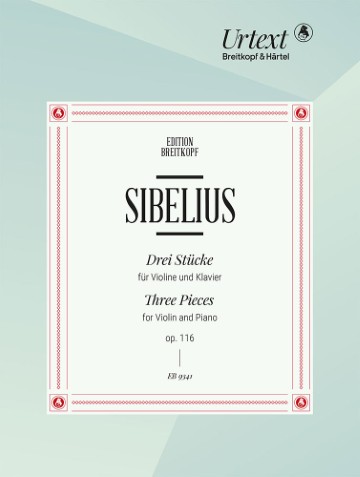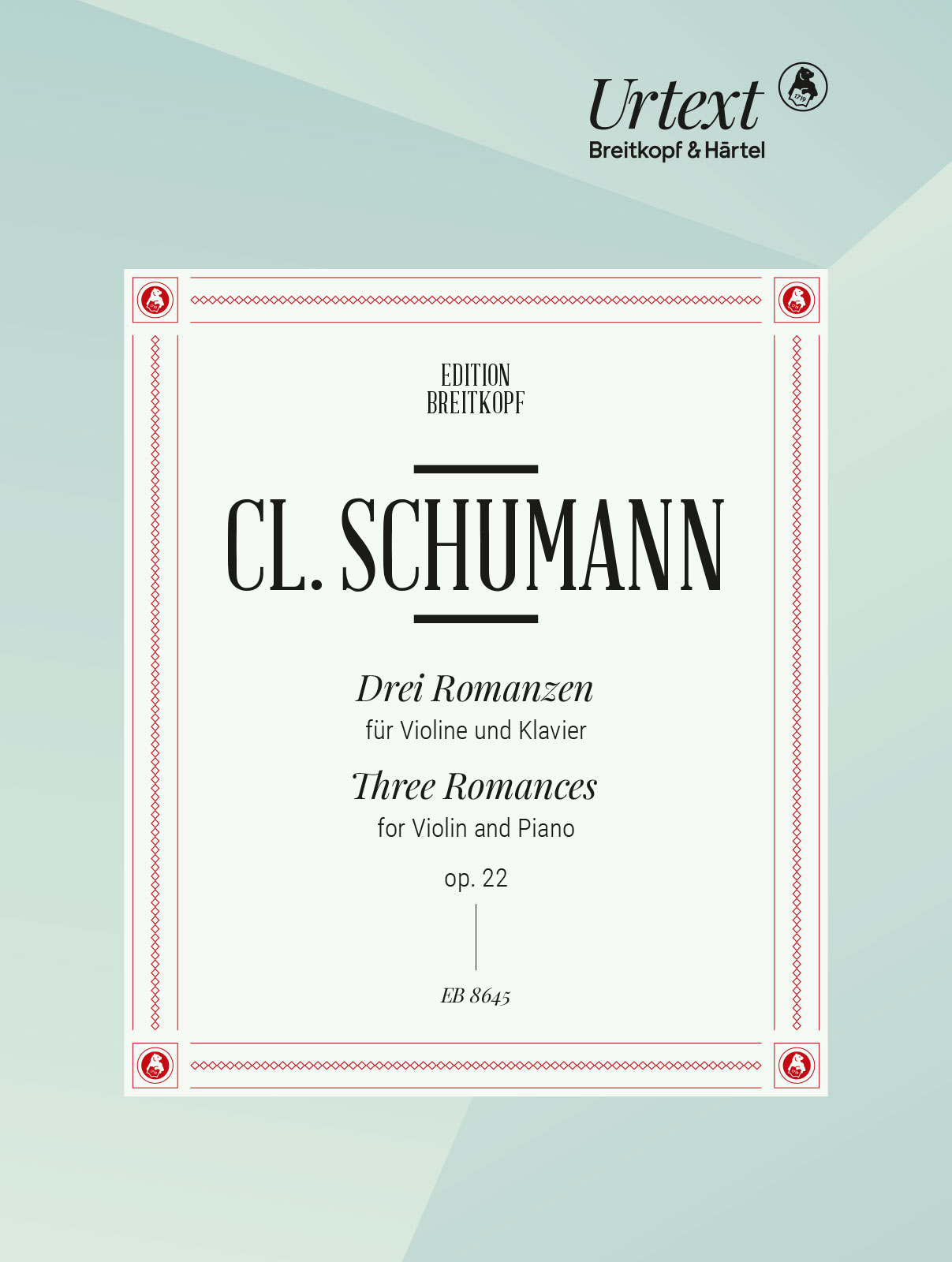3 Sonatas and 3 Partitas BWV 1001-1006

Composer: Bach, Johann Sebastian
Editor: Davisson, W.
Instrumentation: Violin Solo
Publisher:
| Product Code: | 979-0-004-81152-8 |
| ISMN: | 979-0-004-81152-8 |
| Publishers Number: | EB 6409D |
| Page count: | 60 |
| Condition: | New |
Sonata No. 1 in G minor BWV 1001
Partita No. 2 in D minor BWV 1004
Sonata No. 2 in A minor BWV 1003
Partita No. 3 in E major BWV 1006
Sonata No. 3 in C major BWV 1005
Bach is now generally regarded as one of the greatest and most prolific composers of all time and is celebrated as the creator of the Brandenburg Concertos, The Well-Tempered Clavier, the Mass in B Minor, the St John and St Matthew Passions, the Christmas Oratorio and more than 300 cantatas (although only around 200 are extant. He numerous other masterpieces of church and instrumental music.
Bach’s abilities as an organist were highly respected throughout his lifetime, although he was not widely recognized as a great composer until after his death. Today, he is considered to be the master of fugue, the inventor of the solo keyboard concerto, and the greatest composer of the Baroque era.
His compositions include a wide variety of music such as orchestral music (e.g., the Brandenburg Concertos), solo instrumental works (e.g., the Cello Suites and Sonatas and Partitas for Solo Violin), keyboard works (e.g., the Goldberg Variations and The Well-Tempered Clavier), organ works (e.g., the Schübler Chorales and the Toccata and Fugue in D Minor), and choral works (e.g., the St. Matthew Passion and the Mass in B Minor).
Bach came from a highly musical family and was the last child of a city musician, Johann Ambrosius. After being orphaned at the age of 10, he lived with his eldest brother, Johann Christoph, and continued his musical education in Lüneburg. His career included working as a musician for Protestant churches in Arnstadt and Mühlhausen and at courts in Weimar and Köthen before becoming Thomaskantor (cantor at St. Thomas’s) in Leipzig.
In Leipzig, he composed music for the principal Lutheran churches of the city and for its university’s student ensemble Collegium Musicum. Despite difficult relations with his employer, Bach’s music flourished, and he enriched established German styles through his mastery of counterpoint, harmonic, and motivic organization, and his adaptation of rhythms, forms, and textures from abroad, particularly from Italy and France.
Bach’s legacy is immense, having enriched the German musical tradition and set a precedent in composition that would influence subsequent generations of composers.
Polyphonic violin playing in the 18th century – cultivated in Germany by masters such as Biber, Pisendel, Walther and von Westhoff – reaches its peak…
The present new edition of these masterpieces for practical use, while retaining the harmonious notation of the original, takes account of the fact that three- and four-part chords are broken up for technical reasons, which our arched bridge and modern bowing force us to do. It is unavoidable that the arpeggio formation is not without violence, but this can be largely mitigated by the skillful use of this only possible expedient. The graphic representation of the violin technique in our edition serves this purpose.
R.R.P 20
Our Price: 17
Digital Download – PDF
Please create and forward a copy of this publication to the customer
You might also like
-
3 Interludios
£17.00 -
3 Pieces for Violin and Piano Op. 116
£21.00 -
3 Romances Op. 22 for Violin and Piano
£19.00 -
3 Romances Op. 94
£10.00




